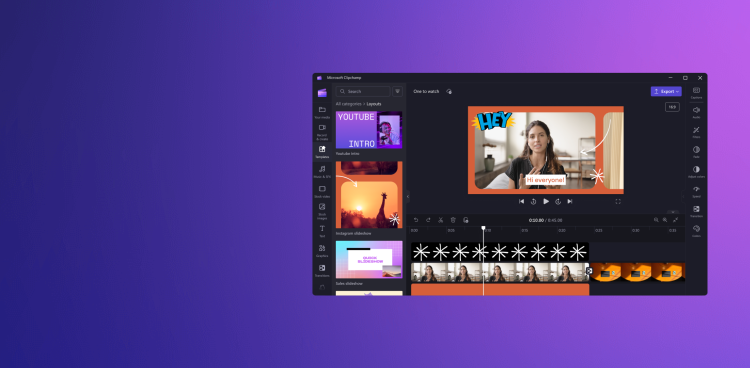Video Editing.
The advent of 360-degree video has revolutionized the way we experience visual content, offering immersive storytelling and a sense of presence like never before. However, venturing into the world of 360-degree video editing comes with its unique set of challenges. In this blog post, we’ll explore the intricacies of 360-degree video editing, uncovering the challenges editors face and presenting practical solutions to navigate this exciting landscape.

Understanding the Essence of 360-Degree Video Editing:
- Embracing Immersive Storytelling:
- 360-degree videos immerse viewers in a spherical environment, allowing them to explore the scene from any angle. Embrace the potential for immersive storytelling by considering how the viewer’s perspective impacts the narrative. Plan your shots with the understanding that the audience is an active participant, not just a passive observer.
- Addressing Stitching Challenges:
- One of the primary challenges in 360-degree video editing is stitching. Seamless integration of multiple camera feeds is essential for a cohesive viewing experience. Explore advanced stitching software solutions and techniques to minimize visible seams and ensure a smooth transition between camera perspectives.
The Unique Challenges of 360-Degree Video Editing:
- Spatial Audio Integration:
- Sound plays a crucial role in immersive experiences. Incorporating spatial audio adds another layer of realism to 360-degree videos. Address the challenge of integrating audio that matches the viewer’s perspective, enhancing the overall immersive feel of the content.
- Managing File Sizes and Resolutions:
- 360-degree videos often come with large file sizes due to the expansive field of view. Balancing high resolution with manageable file sizes is a challenge. Explore efficient compression techniques and utilize the appropriate codecs to maintain visual quality without sacrificing performance.
- Creative Direction in a Non-linear Environment:
- Traditional video editing follows a linear timeline, but 360-degree videos introduce a non-linear viewing experience. Navigating this non-linear environment poses a challenge for maintaining a cohesive narrative. Explore creative techniques, such as guiding the viewer’s attention through visual cues or incorporating interactive elements, to ensure the story remains engaging.
Advanced Techniques for Seamless 360-Degree Video Editing:
- Motion Tracking for Dynamic Elements:
- Implement motion tracking to synchronize dynamic elements within the 360-degree environment. Whether it’s adding graphics, text, or interactive elements, motion tracking ensures these elements move seamlessly with the viewer’s perspective, enhancing the overall immersion.
- Dynamic Color Grading for Panoramic Views:
- Color grading in 360-degree video editing requires special consideration for the panoramic nature of the footage. Experiment with dynamic color grading techniques that account for changes in lighting and color as the viewer explores different angles, ensuring a visually consistent experience.
- Mastering Transitions for Continuity:
- Crafting smooth transitions between scenes is crucial in maintaining viewer engagement. Experiment with transition techniques that suit the immersive nature of 360-degree videos, such as fade-ins, crossfades, or innovative overlays that guide the viewer seamlessly from one scene to the next.
Enhancing the 360-Degree Video Editing Experience:
- Interactive Elements and Hotspots:
- Elevate your 360-degree videos by incorporating interactive elements and hotspots. These features allow viewers to engage with the content actively. Whether it’s accessing additional information, triggering events, or choosing the direction of the narrative, interactive elements enhance the overall user experience.
- Testing and Iteration:
- Given the unique challenges of 360-degree video editing, thorough testing is essential. Regularly preview your content on various platforms and devices to ensure a consistent experience. Embrace an iterative editing process, making adjustments based on user feedback and technological advancements.

Conclusion:
Navigating the world of 360-degree video editing requires a blend of creativity, technical expertise, and a willingness to explore new frontiers. Challenges such as stitching, spatial audio integration, and non-linear storytelling demand innovative solutions. By embracing advanced techniques and staying attuned to emerging technologies, video editors can not only overcome these challenges but also push the boundaries of immersive storytelling. As the realm of 360-degree video continues to evolve, editors who master this art form will play a pivotal role in shaping the future of visual storytelling. Embrace the challenges, experiment with the solutions, and embark on a journey into the limitless possibilities of 360-degree video editing.


